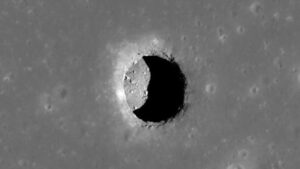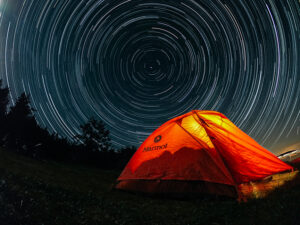It’s not unusual for coronal holes to open in the sun, but scientists were surprised this week to see one appear close to the star’s equator.
Researchers at NASA’s Solar Dynamics Observatory spotted the dark area — essentially a cooler area of the sun’s surface — during a ramp-up of activity, which occurs every 11 years or so.
Normally, these coronal holes appear near the sun’s poles, where their powerful winds blow into space. But with one so close to the star’s equator, it’s likely that solar breeze will hit Earth later this week.
The hole that opened up this week is large enough to fit 30 Earths inside of it.
“This one being at the equator means we’re pretty much guaranteed to see some fast wind at Earth a couple of days after it rotates past central meridian,” Mathew Owens, a professor of space physics at the University of Reading, told Insider.
Ver esta publicación en Instagram
Nothing to worry about, folks
Such solar winds are capable of moving at speeds of more than 800 kilometers per second, Verscharen said. That’s about 1.8 million mph.
“The shape of this coronal hole is not particularly special. However, its location makes it very interesting,” said Daniel Verscharen, an associate professor of space and climate physics at University College London. “I would expect some fast wind from that coronal hole to come to Earth around Friday night into Saturday morning of this week.”
However, scientists don’t think the coming winds will cause much damage.
Earlier this month, similar coronal holes threw cosmic gasoline on Earth’s polar light shows, causing neon green-and-purple auroras to appear as far south as Arizona.
But that phenomenon was also fomented by several coronal mass ejections (CMEs), which spit giant wads of plasma into space. Those aren’t happening this week, so extra-bright auroras probably won’t happen this time, scientists told Insider.
“I doubt it will result in too much excitement, unless we just so happen to get an Earth-directed CME around the same time,” Owens said.






